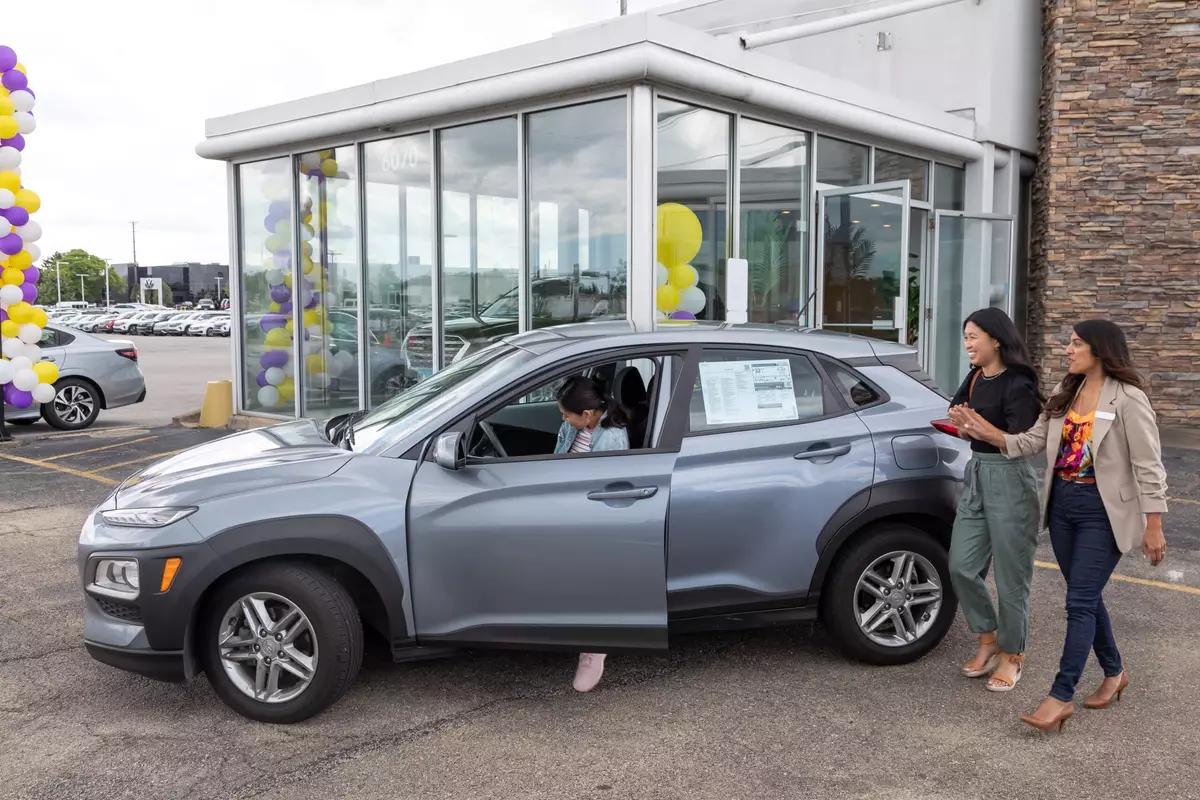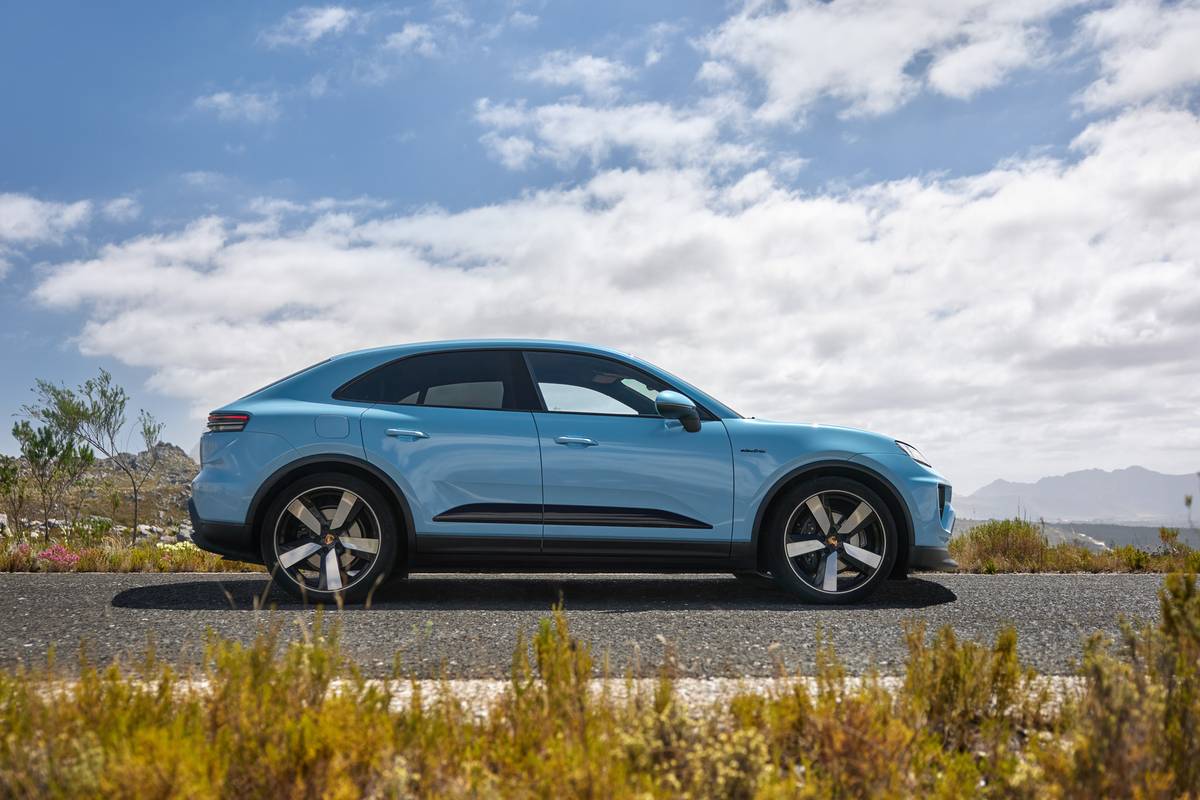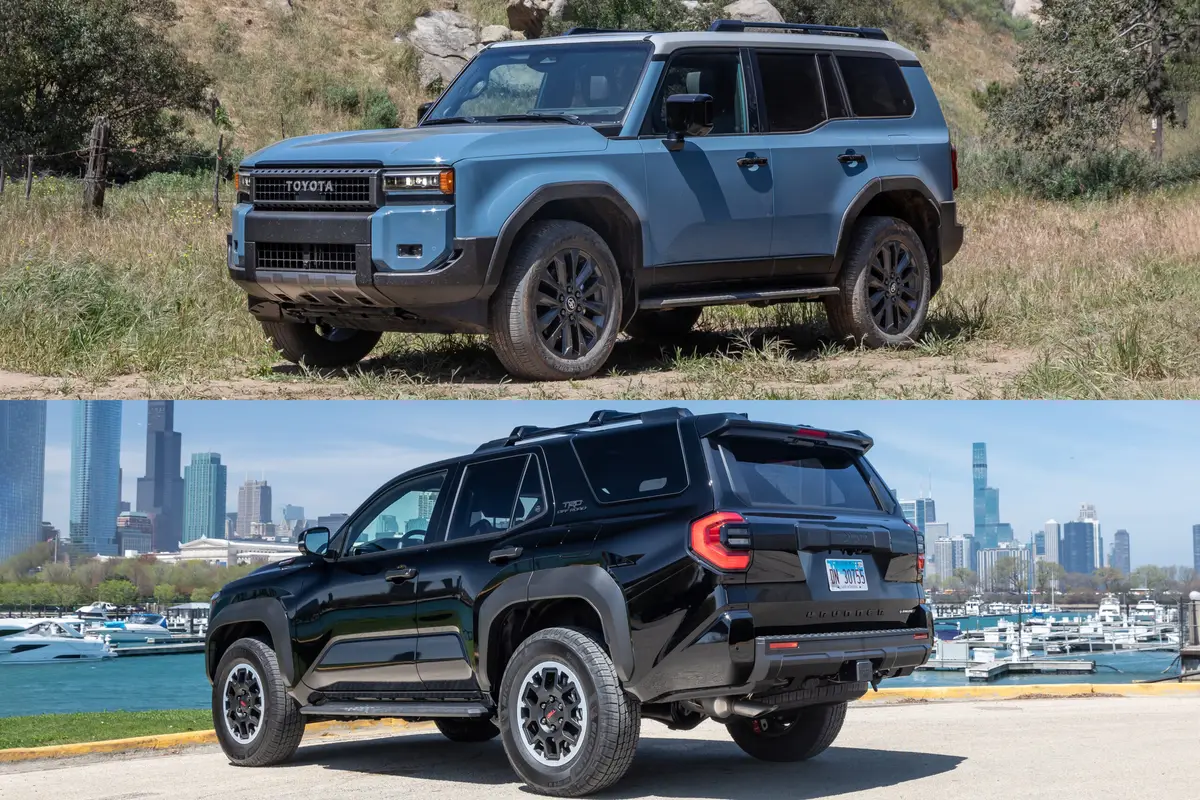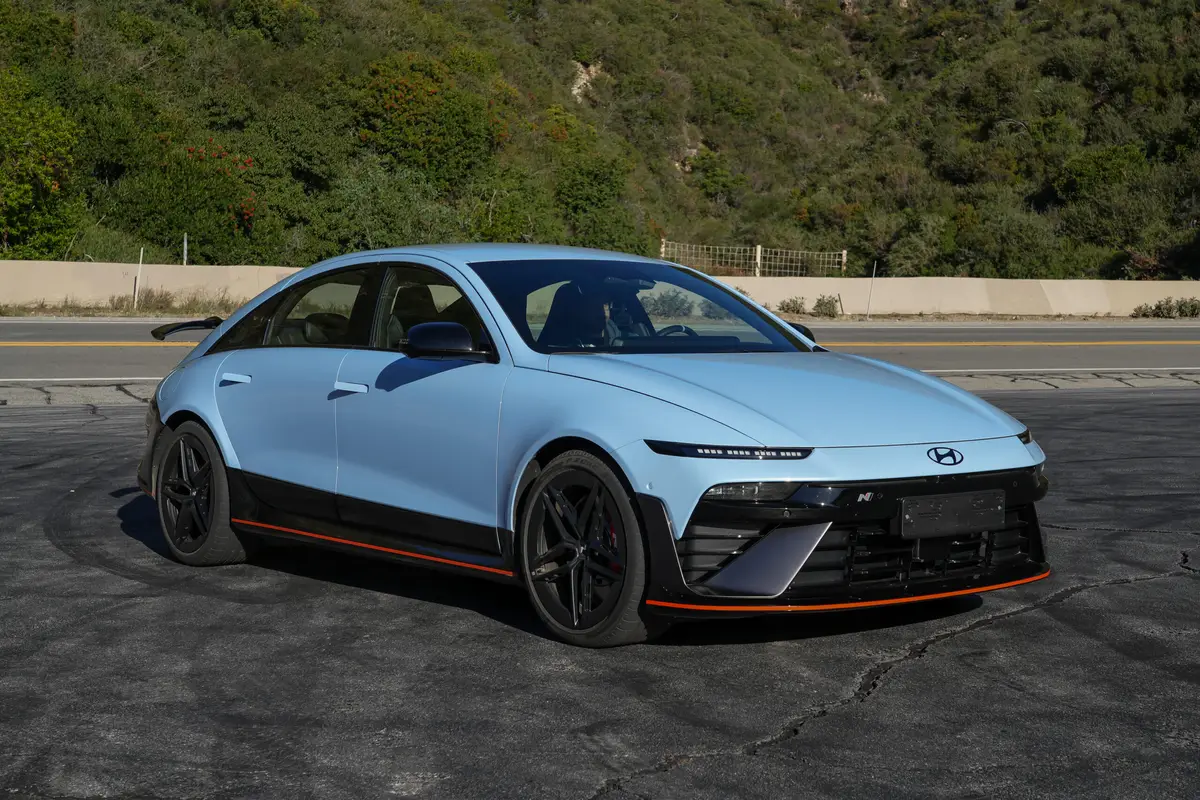When Do Tariffs Get Applied to a Car Purchase?


If you’re shopping for a car right now, the recently instated tariffs on vehicles and vehicle components are definitely cause for concern. Because tariffs are taxes on imported goods that are paid by the importer, automotive buyers don’t often pay them directly. But because they increase production and import costs, companies often pass these extra costs on to consumers anyway. So, how do tariffs work, and when will they affect what customers pay?
Related: How Trump’s 25% Tariffs on Automobiles, Automotive Parts Will Affect You
When Are Tariffs Applied to Cars?
Tariff rates are a percentage of the price that the importer paid the seller for that item. This is almost always lower than the final price you’ll pay at the dealership, as the importer and dealership also want a cut for the services they provide. Still, an extra 25% on a vehicle is nothing to sneeze at.
There are two ways tariffs can sneak into the final price tag of a car. First, if the car is assembled outside the U.S., the car itself gets tariffed when it hits the border. Customs and Border Patrol agents bill the importer at whichever one of the 328 ports of entry into the U.S. the item arrives at. In the case of a vehicle heading to a dealership, that importer is typically an automaker’s national division, who then ships the car on to a local dealer. Most of these imported cars will be subject to the 25% tariff that went into effect on April 3, with the notable exception of the Canadian- and Mexican-assembled cars that qualify for tariff-free entry under the U.S.-Mexico-Canada Agreement.
The second way tariffs get applied to cars is through individual components. Every new car sold in the U.S. includes some foreign-made components, and the exhaustive list of parts that will be subject to this new tariff includes everything from engines and electric motors to safety glass, shock absorbers, tires, radios and wiring. This one could get tricky, as some car parts pass over the U.S. border multiple times before they end up in a finished vehicle. As such, the U.S. government is taking some time to finalize this automotive-part tariff and how it will work, which will be determined “no later than May 3, 2025.”
These parts tariffs may be paid by an automotive supplier incorporating a part into a larger component, or they could be paid by the automaker themselves. Either way, the extra costs on components add up and will likely be passed on to the consumer.
When Will Tariffs Affect How Much Cars Cost for Shoppers?

While we’d love to give you a flat number or a simple formula as to how tariffs will affect consumers, it’s not that straightforward. Not every model will be subject to the same amount of tariffs, so some automakers may opt to make up for the added costs by increasing prices more evenly across their vehicle lineup and other forms of revenue, like parts or service. Furthermore, whether a tariff is applied or not is far from the only thing that determines vehicle pricing.
“The price of the vehicle is determined using a cocktail of market research, bills of materials, financial agreements, intuition and other elements,” explains Automotive News. “Even more variability enters the picture in the dealership lot, where prices vary widely by region, timing, personal relationships and the way buyers settle up with the retailer, a separate business from the automaker.”
Models that are no longer profitable enough to sell with tariffs applied may simply disappear from the American market, too, leading to fewer choices for consumers.
When will these tariff costs trickle down for consumers, though? If you’re worried about this, you’re not alone, as nearly 34% of shoppers surveyed by Cars.com said that they moved their purchase up, likely to get ahead of potential higher prices. Most of those bumps in price won’t happen immediately, as many automakers prestocked extra inventory ahead of the tariffs going into effect and even offered extra incentives to sell more cars that they could acquire at pre-tariff prices. Some dealers are even advertising their existing inventory as “tariff-free,” emphasizing to customers that they still offer pre-tariff pricing for now. Likewise, some automakers, such as Stellantis and Ford, are continuing to offer strong incentives to help boost sales amid the turmoil.
“The biggest impact will be in the coming weeks when vehicles imported from April 3 will see tariffs applied,” explained Ed Kim, President and Chief Analyst at AutoPacific, in an email to Cars.com. “We expect customers of many imported models will see much higher prices, and once tariffs on vehicle parts go into effect, we can expect to see price increases on domestically made vehicles, too.”
In the meantime, the combination of post-tariff imports and steep deals will result in what Kim aptly described as “weird mix of relatively normal pricing as well as inflated pricing.”
Most automakers Cars.com reached out to were unable to comment on exactly when consumers might see tariff costs translate into higher prices on dealership lots. This may be wise, as no company wants to look like the bad guy to consumers or rock the boat too much as auto-industry groups continue to lobby against these new tariffs to any lawmaker who’ll listen.
However, Ferrari and Ineos were the immediate outliers, announcing price increases in April that were directly attributed to the implementation of the new tariff. Similarly, Volkswagen reportedly plans to include an “import fee” on its window stickers to show consumers how increased tariffs have affected the price of its cars. (Read our full report on how individual automakers are responding to the new tariffs.)
A couple of automakers are holding off on adjusting pricing for now. Nissan, Hyundai and Genesis have committed to keep their current pricing through June 2. However, the longer these tariffs remain in place, the less willing automakers will be to absorb the costs. “We expect manufacturers to absorb some, but not all, of the tariff costs in the first year, and eventually adjust production and shift nearly the entire costs of the tariffs onto consumers,” explains a study by the Anderson Economic Group.
What Happens if Your Car Is Still in Transit?

Maybe you special-ordered your perfect spec, or you wanted a car that was on backorder, but your timing was extremely unlucky, with the car still in transit into the U.S. when the tariffs kicked in on April 3. Unfortunately, if it gets imported on or after April 3, the importer will still have to pay that tariff, and it’s up to the automaker or the dealer to determine whether they honor a pre-tariff quote on the price.
“There isn’t any law that we are aware of that would require the vehicle to be sold at the pre-tariff price,” Kim explained. “The customer’s best hope will be that the automaker or dealer decides to honor the original pricing as a goodwill gesture.”
How Much Could Tariffs Add to Vehicle Prices?
Without concrete plans from automakers or finalized tariffs on parts, it’s hard to say how much the tariffs will add to car prices — but some analysts have tried to estimate it based on what is known.
The aforementioned Anderson Economic Group study looked at several different categories of cars with different points of origin. The least impacted are North American-built cars, wherein the least expensive models could see a $2,500 to $4,500 bump in price; many mid-size vehicles and pickup trucks could rise in price by $5,000 to $8,000; and higher-end large SUVs, luxury cars and electric vehicles could jump as much as $10,000 to $15,000. The most affected will be cars built outside North America, which use far fewer components from the U.S. Of those, the Anderson Economic Group estimated that less expensive European-built cars could jump in price by $8,000 to $10,000, whereas Asian- and European-assembled luxury vehicles and sports cars could rise in price by over $20,000.
More From Cars.com:
- 2025 Cars.com Affordability Report: Best Value New Cars
- If Tariffs Increase Car Prices, How Else Can You Save Money?
- 2024 Cars.com American-Made Index: Which Cars Are the Most American?
- More Tariff News
Related Video:
Cars.com’s Editorial department is your source for automotive news and reviews. In line with Cars.com’s long-standing ethics policy, editors and reviewers don’t accept gifts or free trips from automakers. The Editorial department is independent of Cars.com’s advertising, sales and sponsored content departments.

Former News Editor Stef Schrader joined Cars.com in 2024 but began her career in automotive journalism in 2013. She currently has a Porsche 944 and Volkswagen 411 that are racecars and a Mitsubishi Lancer GTS that isn’t a racecar (but sometimes goes on track anyway). Ask her about Fisher-Price Puffalumps.
Featured stories



